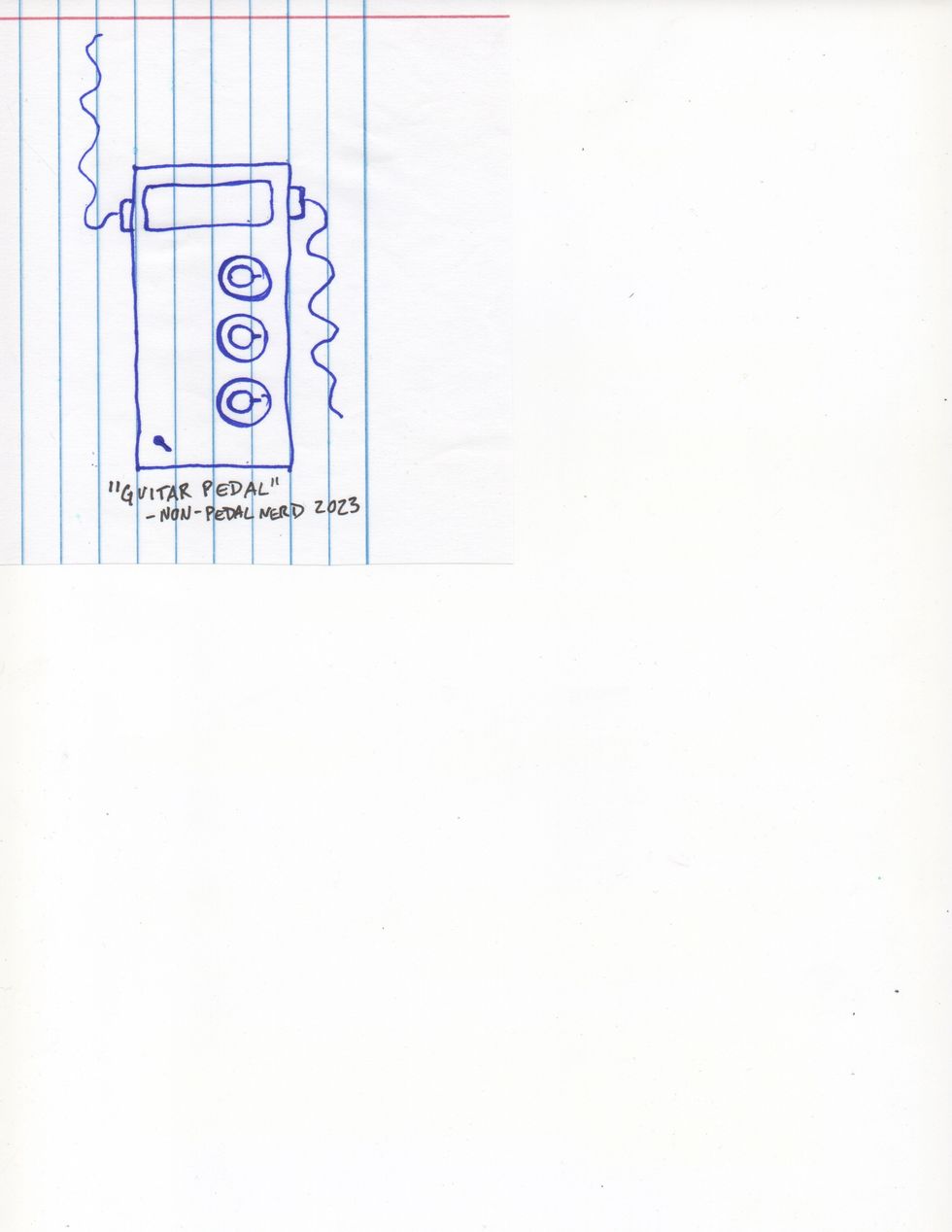
Stompboxes have been a part of musicians’ musical journeys for over 50 years. They’ve been packaged up in all different shapes, sizes, and colors. They’ve also featured a large array of different effects types, and allowed us to manipulate them with various control parameters. It’s these control parameters that are the focus of this article. Recently, I’ve been thinking, “How many knobs are too many, and how few knobs are too few?”
That question is one that sits in my mind alongside player remarks such as, “If it’s got more than three knobs, I won’t play it,” and, “I won’t buy a delay without tap tempo.” It’s these conflicting needs that can often lend to my own confliction when designing a pedal. I can often find myself in debate with colleagues about this exact thing. If we make something with a single knob, it’s streamlined and easy to use, and the perfect fit for some players’ needs. However, it’s also bereft of features and turns other players off due to lack of controls. If we make something with 10 knobs and multiple expression-capable controls, it’s feature-laden and offers great value while exciting the knob tweaker. However, it can feel alienating, confusing, and overwhelming for a lot of players. “I don’t want to need to bring up the manual every time I want to use it,” is another thing I hear a lot from players. That’s often followed by, “I just wanna plug it in and go!”
These sentiments are far from obscure or unreasonable, and they’re surely not in short supply. There’s no “correct” approach, whether it’s from the perspective of the companies that are manufacturing products, or the consumers that are purchasing products. There are vast and contrasting needs, and they seem to be ever-expanding. These contrasting needs have directly created what has become our diversity. That’s a great thing and there’s something out there for everyone.
The 1-knob versus 10-knob example helps to illustrate this topic while pointing out the diversity of options available to players. Perhaps this example is too extreme, though. Surely there must be a middle ground? There is! Oh, good. I was getting worried there for a second. I feel like if most people were asked to draw up a quick sketch of a guitar pedal, they would conjure up a rectangle with a footswitch and three to six knobs. I’m inclined to wonder if this is an unconscious act based on what they think the average pedal does have, or a conscious act towards what they think the average pedal should have. If we go down this thought experiment path, and use either reason, we get to the same conclusion on knob amount.
“There are vast and contrasting needs, and they seem to be ever-expanding. These contrasting needs have directly created what has become our diversity.”
Indulge me for a minute. Let’s go with three to six as the ideal number of control parameters for a pedal. I’m inclined to believe that this range offers the most control flexibility for the user while avoiding confusion or the feeling of being overwhelmed. This, along with proper control labels and intuitive layout, can lead to a great experience for the majority of players. It can also be appealing to the largest demographic of potential customers: Give the user the right amount of control parameters so they’re not left wanting more nor feeling like a control is wasteful.
I can’t help but think back to a conversation that I had with a friend who beta tests pedals for a lot of companies in the industry. We were on the topic of a tone control knob for a particular pedal that I was designing. I had mentioned that I wasn’t sure about a particular aspect of the tone network, and was thinking about implementing an internal toggle to let the player choose. My friend replied, “Pick whichever is best for that pedal and go with that. I love the feeling of when I can tell that a company dialed something in perfectly for the pedal.”
There will never be a correct answer when it comes to the ideal amount of features on a pedal. That’s fine; players will naturally find themselves in the camp that is correct for them. You can see this every time you look at someone’s board. Some boards have six to 10 pedals and no pedal contains more than six knobs. Other boards have 12 to 20 pedals and most of the pedals have six-plus knobs.
Here’s something fun for the pedal lovers out there: Go up to a friend of yours that is familiar with pedals but is not super knowledgeable about them. Say to them, “Draw for me what you think of when you hear the words ‘guitar pedal.’” I’m interested to see how many knobs their drawing has.
From Your Site Articles
Related Articles Around the Web









